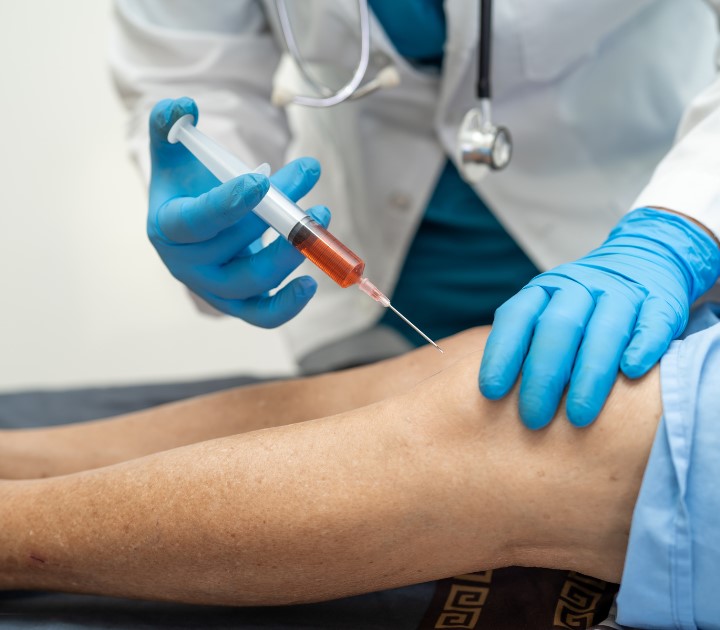Our Innovative Treatments for Plantar Fasciitis Recovery

Plantar fasciitis, characterized by stabbing heel pain, is a common foot condition that can disrupt daily activities and diminish quality of life. While traditional treatments such as stretching, orthotics, and physical therapy are effective for many individuals, some cases require more advanced interventions to achieve optimal outcomes. In this blog, we'll explore innovative treatments for plantar fasciitis recovery, including extracorporeal shockwave therapy (ESWT), platelet-rich plasma (PRP) injections, and percutaneous fasciotomy, shedding light on their benefits and potential to revolutionize the way we manage this debilitating condition.

Understanding Plantar Fasciitis: The Root of Heel Pain
Plantar fasciitis occurs when the thick band of tissue that runs along the bottom of the foot becomes inflamed or irritated, leading to heel pain, especially with the first steps in the morning or after prolonged periods of rest. While factors such as overuse, high-impact activities, and foot biomechanics contribute to plantar fasciitis, finding effective treatment options is paramount to achieving relief and restoring function.

Exploring Innovative Treatment Options
Extracorporeal Shockwave Therapy (ESWT): ESWT involves the application of shockwaves to the affected area, stimulating healing and tissue regeneration. This non-invasive treatment has been shown to reduce pain, improve function, and promote tissue repair in individuals with chronic plantar fasciitis who have not responded to conservative measures.
Platelet-Rich Plasma (PRP) Injections: PRP therapy harnesses the regenerative properties of platelets found in the patient's own blood to promote tissue healing and repair. By injecting concentrated platelets into the site of injury, PRP therapy can accelerate the healing process, reduce inflammation, and improve symptoms in individuals with recalcitrant plantar fasciitis.
Percutaneous Fasciotomy: Percutaneous fasciotomy is a minimally invasive surgical procedure that involves making small incisions in the plantar fascia to release tension and alleviate pain. Unlike traditional open surgery, percutaneous fasciotomy offers faster recovery times, reduced risk of complications, and comparable outcomes in select cases of plantar fasciitis.

Benefits of Innovative Treatments
Faster Recovery: Innovative treatments such as ESWT, PRP injections, and percutaneous fasciotomy can expedite the healing process and facilitate faster recovery times compared to traditional approaches.
Reduced Pain: By targeting the underlying cause of plantar fasciitis and promoting tissue healing, these advanced therapies can effectively reduce pain and improve overall comfort and function.
Improved Outcomes: Studies have shown that innovative treatments for plantar fasciitis yield favorable outcomes, including reduced pain levels, improved mobility, and enhanced quality of life for individuals struggling with this debilitating condition.
Taking the Next Step Towards Plantar Fasciitis Recovery
If you're struggling with chronic heel pain and traditional treatments have failed to provide relief, it may be time to explore innovative treatment options for plantar fasciitis recovery. At All-In-One Foot Care Center, we're committed to staying at the forefront of podiatric innovation and offering our patients access to cutting-edge treatments that can transform their lives. If you're interested in learning more about ESWT, PRP injections, or percutaneous fasciotomy for plantar fasciitis, schedule a consultation with our experienced team of podiatrists today. Together, we'll take the next step towards relieving your pain and restoring your mobility, helping you stay one step ahead in your journey to plantar fasciitis recovery.


